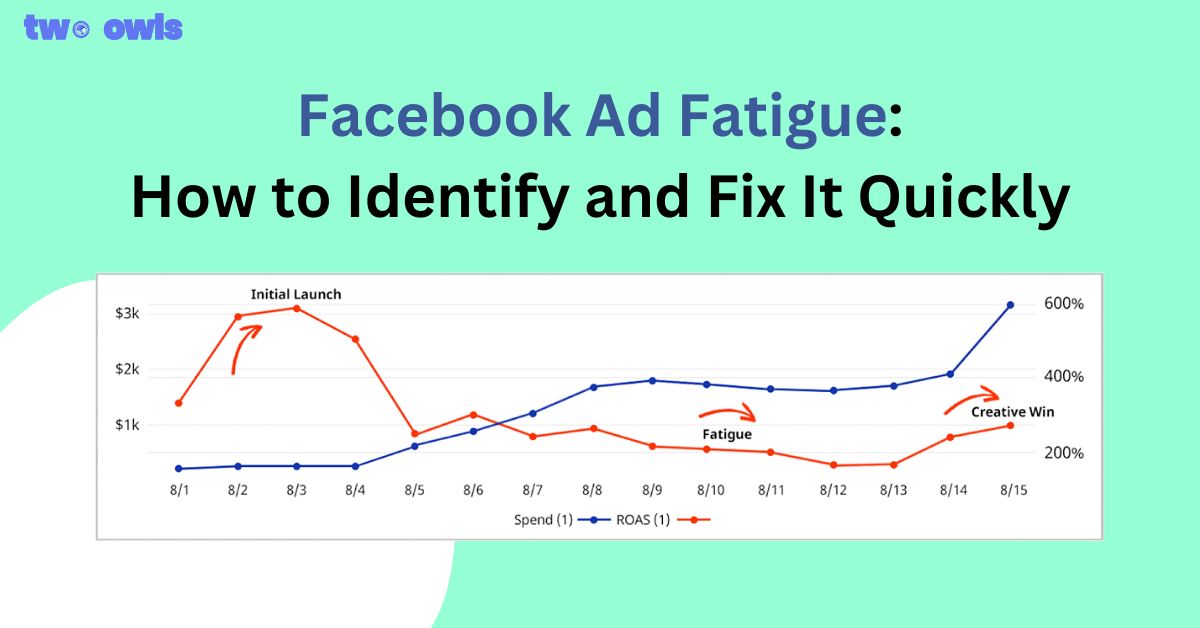Facebook Pixel Helper: What, Why And How For 2024
We have talked a lot about the Facebook Pixel and how it is valuable for advertisers, business owners, and you. But, it does not mean anything if the Facebook Pixel does not work properly, right?
So, today, let Two Owls introduce Facebook Pixel Helper, the number one tool to have when implementing with Facebook Pixel.
What will you find if you keep scrolling? An easy-to-understand explanation of Facebook Pixel Helper, a simple guide to use it, some additional information, and most importantly, the errors being reported as well as how to fix them.
What Is Facebook Pixel Helper?
Facebook Pixel Helper or sometimes known as Meta Pixel Helper is a Google Chrome extension. It works like an information hub for your Facebook Pixel which shows the events fired, data collected, and flaws.
So far, the main reason why people use Facebook Pixel Helper is the ability to identify problems in Facebook Pixel’s operations. Additionally, this tool also assists in troubleshooting errors.
Obviously, you can do those things in just a few clicks.
However, note that Facebook Pixel Helper is only able to test browser pixel events, not server events.
Why we should use Facebook Pixel Helper?
Imagine waking up on a beautiful day, sitting in front of the computer, and finding out that the Facebook Pixel has not collected any data for the past few days. It is gonna be really frustrating.
Therefore, to prevent that from happening, you should install Facebook Pixel Helper since it helps ensure that the Pixel does not run into any problems. This is a valuable testing tool as well.
In short, regardless of who you are but if you are running Facebook ads, then install Facebook Pixel Helper right now.
Yeah, we will show you how to do that right away. Let’s switch to the next section.
Simple Guide to Facebook Pixel Helper
How to use Facebook Pixel Helper
- Step 1: Head to the Chrome Web Store, then look for Facebook Pixel Helper.
- Step 2: Choose Meta Pixel Helper. press Add to Chrome and click on Add extension.
- Step 3: Wait for the extension to finish the installation and go to the website which you want to check.
- Step 4: Locate the Meta Pixel Helper icon in the upper right corner (if you do not see anything, find it in the Extensions whose icon looks like a puzzle, and pin the Facebook Pixel Helper extension).
- Step 5: Click on the Meta Pixel Helper and it will detect active Pixel, then show errors (if any).
- Step 6: Select the errors to learn more about them, then follow the instructions provided by the Pixel Helper to solve them.
Easy peasy lemon squeezy!
And here is a video showing how the Facebook Pixel Helper extension works.
Common Errors that Facebook Pixel Helper can detect and Solutions
Here we are, the main part of this article. Or not, if you are using Two Owls because it literally clears every appearing error.
Now, tighten up your seatbelt. The list of errors is here (including solutions for each of them).
Pixel Did Not Load
This error shows up when the Pixel Helper detects pixel code on your site, yet the HTTP call is not made.
The first reason for this is because of a problem with the pixel code. So, make sure that there are not any mistakes while copying and pasting the code as you can compare the code on your site with the one provided in Facebook.
The second cause comes from a dynamic event. If you set up a dynamic event like clicking on a button then the pixel sometimes will fire on it, thus creating the error. It is pretty easy to solve this. Just click on the button attached with the pixel code
Pixel Activated Two Times or More
Generally, a pixel only sends signals to Facebook once when a page is loaded, so it will be an error if Facebook receives the same signals repeatedly from a single pixel. Maybe you have included the pixel code two times or more, and your job will be to remove the excessive one.
Facebook also recommends having one-pixel event, therefore, if the data sent is in different custom parameters, merge them.
Oh, by the way, here is a common case that we have seen: a person uses application A to install pixel, then he or she switches to application B to install pixel, but forgot to remove pixel in application A. The result is that a Pixel ID is called two times. So, be careful, okay.
Invalid Pixel ID
Align the pixel ID with the given one in Facebook Ads Manager because Facebook does not recognize the ID in the pixel code.
Encoded Characters
Double-encoded characters should not appear or this error exists. The culprit might be a tag or CMS system that encodes the information twice.
Alright, what to do? See whether something is encoded twice, for example, & into &. If this is the case, we suggest changing & to & (or using Two Owls, easy).
Resembles A Standard Event
This problem comes when a custom event is similar to a Facebook standard event. Maybe, instead of AddToCart, it is something like AddtCart (just an example, of course).
Fixing is quite easy, though.
Make sure that the event’s name is correct and use standard events if possible. Yet, in fact, it is okay to ignore this warning if you want the event with that particular name.
No Pixel Found
No pixel found is no pixel found. It is possible that the pixel is not applied properly and you should go through the process again to make sure everything is fine.
Pixel Took Too Long To Load
Well, it is just that the Pixel takes too much time to load. This might not look harmful, but many valuable data like actions and conversions could be actually lost.
Let’s go and save the world (data). Change the pixel code location to somewhere on top of the page like before the closing of <head> tag.
Are you a Shopify user? Because there is a way to fix this specifically for you. Copy and paste the Pixel ID to the backend settings of the Shopify settings tab.
You Have Opted Out of Tracking
This is where the conflict with Facebook Privacy settings happens and it leaves the Pixel Helper Chrome extension inactive. Thus, if the Pixel encounters troubles, you will not know.
To resolve this warning, go to the ads settings and modify them.
Invalid Currency Code
This problem appears because the event’s currency is not formatted in three-letter ISO codes or left unnamed.
Want to know which pages or parameters are causing the errors? Click on See Affected URLs and make accordingly updates.
Pixel Advanced Matching
Facebook Pixel Helper does not like seeing the value set for the advanced matching parameter invalid or formatted incorrectly.
Here, let us show an example. When the static values are sent from a code like {{phone number}} for the ph field, the {{phone number}} part should be replaced with a real number.
So, remember to format and replace the values correctly before transferring them back to the pixel.
Errors Associated with Dynamic Ads and Product Catalog
This is a group of problems that are linked to Facebook Dynamic Ads. There are 5 warnings that you will find:
- Facebook Pixel can’t match products
- The Pixel is not paired with any product catalog
- No products found for a given content
- Unable to find Product Catalog
- Pixel doesn’t have a Product Catalog pair
Overall, they all point towards the fact that either the product ID sent from the pixel is not found in a Product Catalog or there is no Product Catalog.
As such, in case you create Dynamic Ads, then please go check the product feed and see if all the products appear there.
Let’s go into a little bit more detail here.
Firstly, the pixel, product catalog ID, and pixel content_ids parameter must apply the same logic. Secondly, the product ID needs to exist in the Product Catalog. Thirdly, the catalog must connect to the same pixel on the site and this can be monitored through Events Source in the Catalog Settings.
Yes, we know that it can be tiring, but that is why Two Owls appear to help.
Also, if you do not use a dynamic product catalog, you can totally ignore these errors.
Error Contains Sensitive Data
You use Facebook ads, then play by the Business Tools Terms. It means that the purchase event must not violate anything, so when this message shows up, check to see whether the data collected complies with the rules or not.
Pixel Is Not The Only Conversion
Loading too many events on the same web page is not preferred because the optimization will go bad. The most viable option now is to use only one conversion pixel across all advertisements.
That being said, you can really ignore this error if a secondary conversion event happens when a user interacts.
Unknown Error
Unfortunately, if the Facebook Pixel Helper does not know then we do not know too. The only way to get rid of this is to contact Facebook support and hopefully, they will respond quickly enough.
Something More to Keep in Mind about Meta Pixel Helper
Basically, Facebook or Meta has been really kind to us, the ones running Facebook ads and using pixels. The Facebook Pixel Helper Chrome extension is a forever (or at least for now) free tool and it is superbly easy to use.
The only problem is that Facebook Pixel Helper only works on Google Chrome, this should be a disadvantage if you like other browsers more. Yeah, you can even call it Facebook Pixel Helper Google Chrome.
Another weakness of Facebook Pixel Helper is that it cannot work with Conversion API (CAPI) and you will need to find other ways. For example, you can try tools like Facebook CAPI Test Events Tool, Graph API Explorer, and Two Owls.
In case you forget about Facebook CAPI, we have made a post about its differences with Facebook Pixel.
Final Thoughts
Facebook Pixel Helper is a must have if you run Facebook ads, you will not regret using it. It does not matter if you are doing what job, remember to use this top notch tool.
Or you can switch to Two Owls which can do a lot more than the Facebook Pixel Helper, we guarantee that. There is no reason to not give it a glance, right?
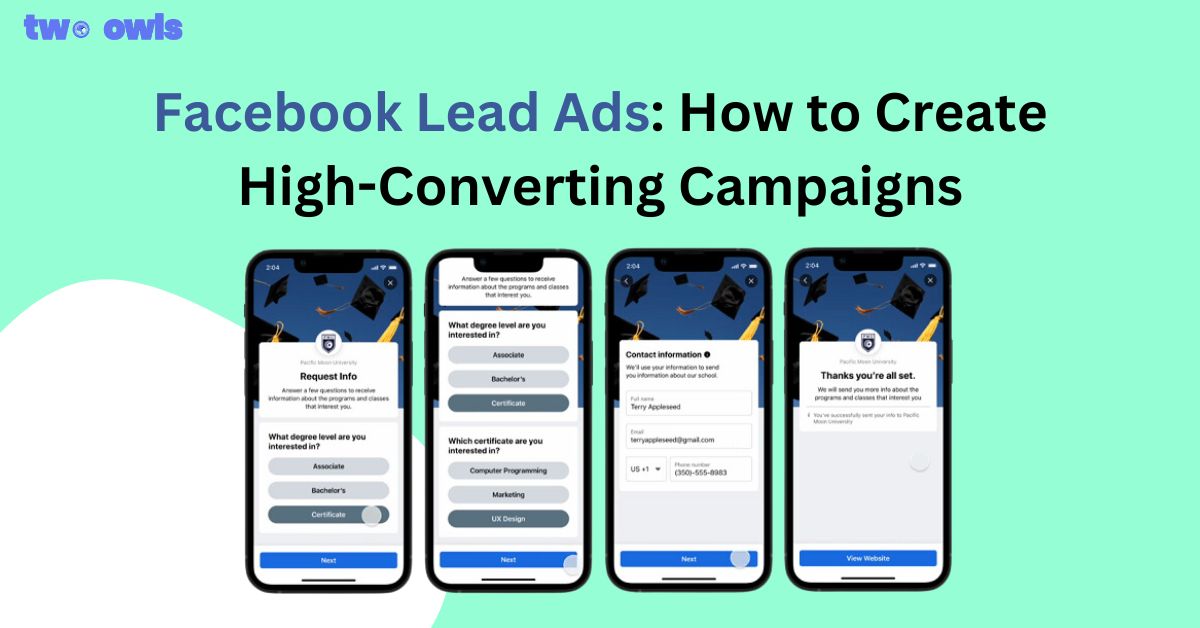
Facebook Lead Ads: How to Create High-Converting Campaigns
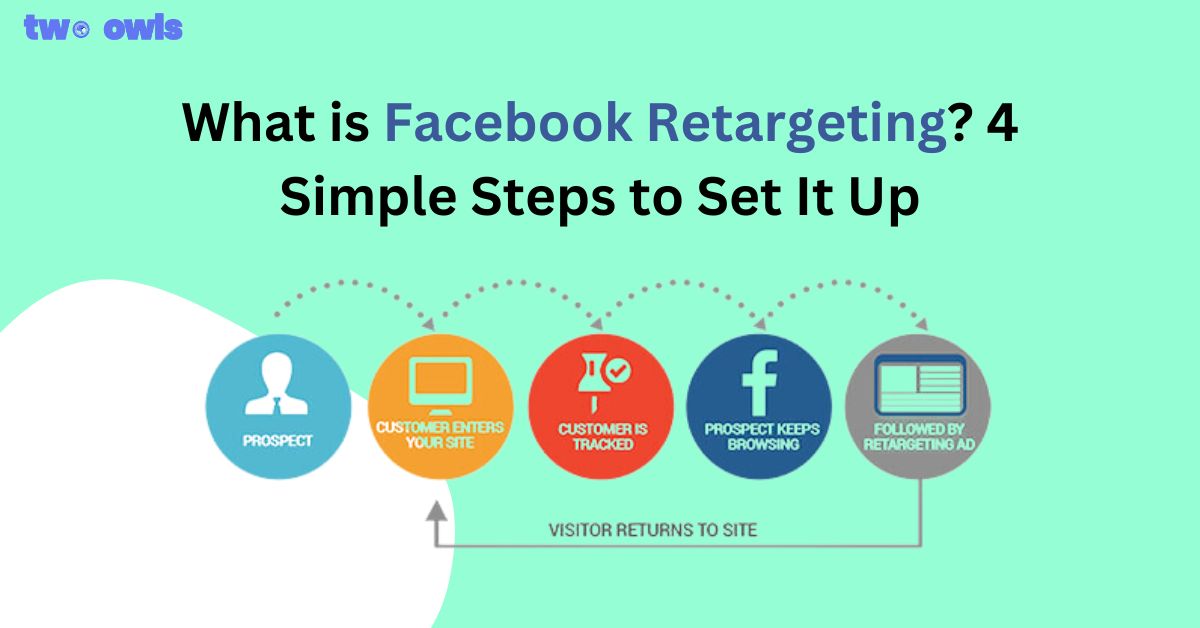
What is Facebook Retargeting? 4 Simple Steps to Set It Up
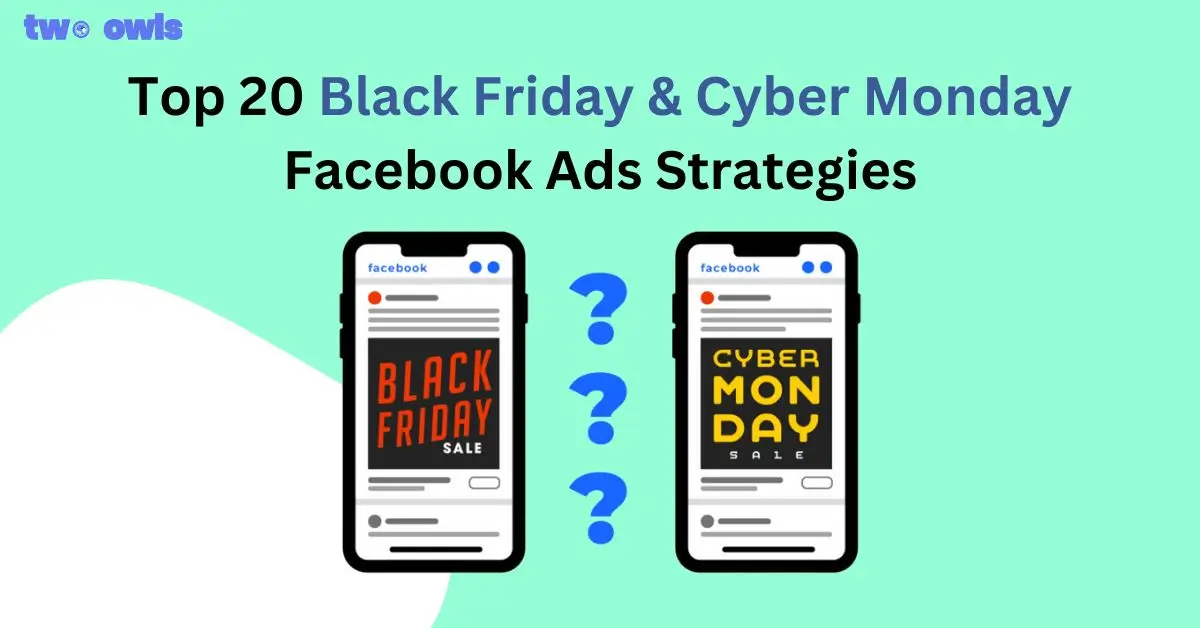
Top 20 Black Friday Facebook Ads Strategies to Boost Conversions
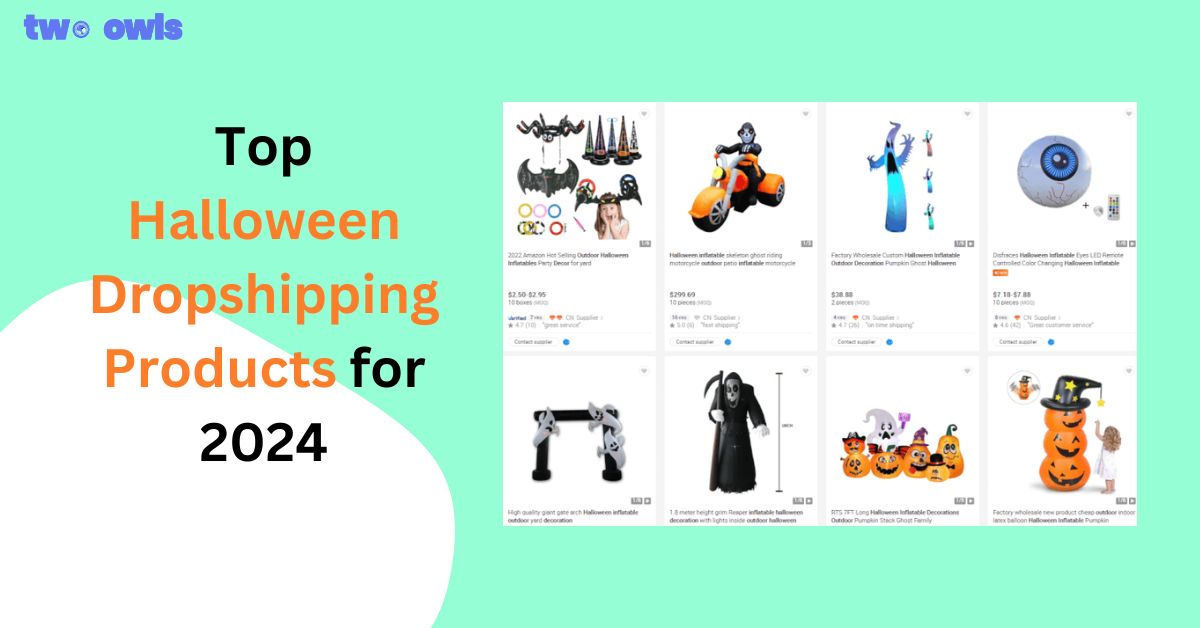
Top Halloween Dropshipping Products and Marketing Tricks for 2024
